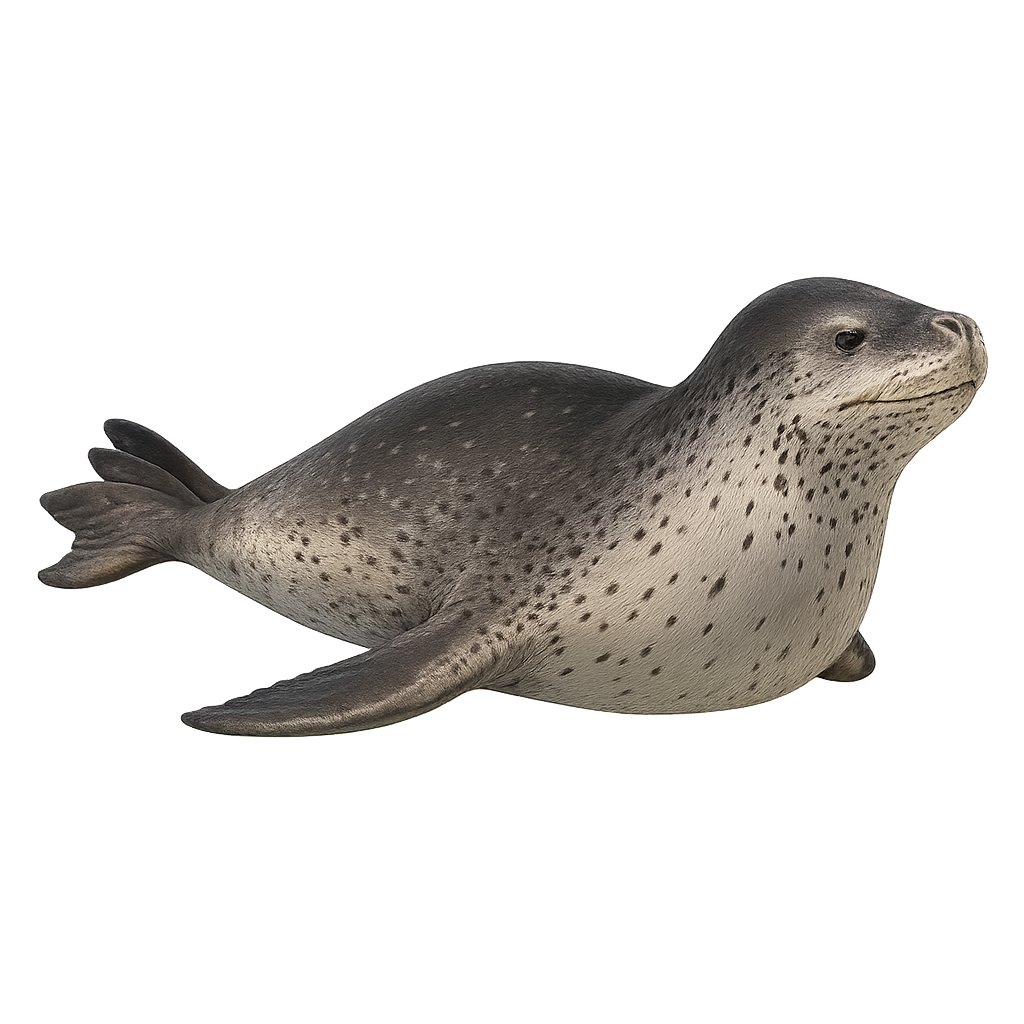Your wildlife photography guide.
Explore the leopard seal in detail, study its behavior, prepare your shots.
Where to observe and photograph the leopard seal in the wild
Learn where and when to spot the leopard seal in the wild, how to identify the species based on distinctive features, and what natural environments it inhabits. The WildlifePhotographer app offers tailored photography tips that reflect the leopard seal’s behavior, helping you capture better wildlife images. Explore the full species profile for key information including description, habitat, active periods, and approach techniques.
Leopard seal
Scientific name: Hydrurga leptonyx

IUCN Status: Least Concern
Family: PHOCIDAE
Group: Marine mammals
Sensitivity to human approach: Very shy
Minimum approach distance: 50 m
Reproductive period: April to May
Duration: 240–260 jours
Births: April to May
Habitat:
Coastal waters and Antarctic pack ice
Activity period :
Activity varies depending on season, weather, or human pressure.
Identification and description:
The leopard seal is a large marine mammal in the family Phocidae, reaching up to 3.5 m in length and 600 kg in weight. It inhabits Antarctic pack ice and coastal waters, feeding mainly on fish, penguins and juvenile seals. During the breeding season, females give birth to a single pup on the ice, while males produce underwater vocalizations to attract mates and defend territory.
Recommended lens:
200 mm – adjust based on distance, desired framing (portrait or habitat), and approach conditions.
Photography tips:
Position yourself at a safe distance on the ice or from a stable boat, shooting at eye level to capture its gaze and using a fast shutter speed to freeze splashes.
The WildlifePhotographer App is coming soon!
Be the first to explore the best nature spots, track rutting seasons, log your observations, and observe more wildlife.
Already 1 430 wildlife lovers subscribed worldwide

